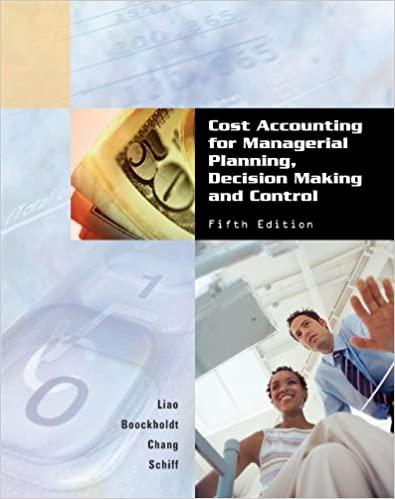Answered step by step
Verified Expert Solution
Question
1 Approved Answer
Please go to Topic Focus 1 at the end of Chapter 1 and review the materials provided regarding C&C Sports. Make a SWOT analysis (Strengths
Please go to Topic Focus 1 at the end of Chapter 1 and review the materials provided regarding C&C Sports.
Make a SWOT analysis (Strengths Weaknesses Opportunities Threats) for C&C Sports based on the materials provided.
Original answer only please










Step by Step Solution
There are 3 Steps involved in it
Step: 1

Get Instant Access to Expert-Tailored Solutions
See step-by-step solutions with expert insights and AI powered tools for academic success
Step: 2

Step: 3

Ace Your Homework with AI
Get the answers you need in no time with our AI-driven, step-by-step assistance
Get Started


